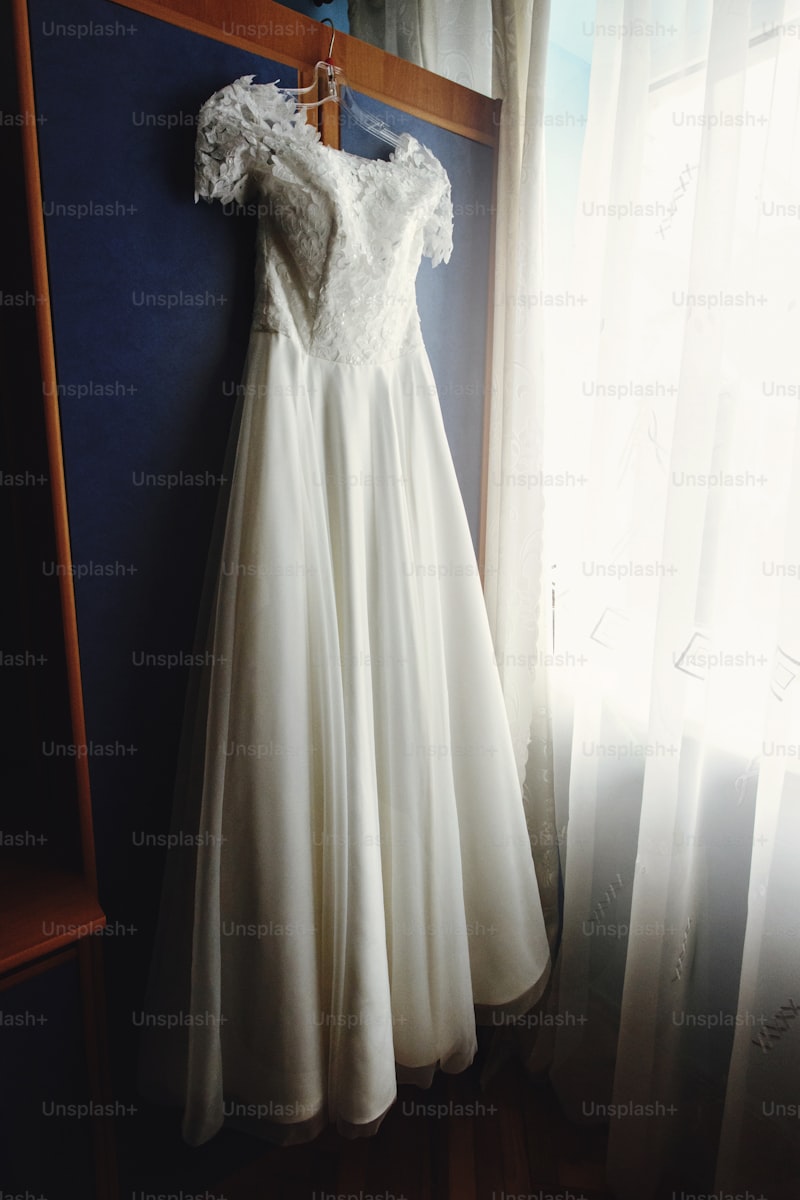Layering and Support for Wedding Gowns: The Ultimate Guide to Flawless Bridal Fashion
Understanding Layering and Support for Wedding Gowns
Every bride dreams of walking down the aisle in a stunning wedding gown that not only reflects her personal style but also provides comfort and support throughout the day. The choice of how to layer and support a wedding gown can significantly affect its appearance and fit. In this comprehensive guide, we will explore the importance of layering and support in wedding gown design, providing tips, advice, and insights to help you make informed choices for your big day.
The Significance of Layering in Wedding Gowns
Layering is a crucial aspect of wedding gowns that can enhance the overall silhouette and style of the dress. It involves the strategic arrangement of various materials and fabrics to create depth, dimension, and visual interest. Here are some key points regarding layering in wedding gowns:
Different Types of Layers
| Layer Type | Description |
| Base Layer | The innermost fabric that sits directly against the skin, providing comfort and a smooth foundation. |
| Structural Layer | Additional fabrics or materials that add volume and shape, often seen in ball gowns or mermaid styles. |
| Textural Layer | Embellishments such as lace, tulle, or organza that create visual interest and can be layered over the structural elements. |
| Outer Layer | The final fabric or overlay that is most visible; this can include satin, chiffon, or other luxurious materials. |
Each of these layers plays a significant role in creating a gown that not only looks beautiful but also fits well and feels comfortable.
Importance of Support in Wedding Gowns
Support is another vital consideration when selecting a wedding gown. A well-supported dress ensures that it maintains its shape and stays in place throughout the ceremony and reception, allowing the bride to move with confidence. Here are some support elements commonly found in wedding gowns:
Key Support Features
- Built-in Cups: Many wedding gowns feature built-in cups that offer additional support and lift, eliminating the need for a separate bra.
- Boning: This structured element is often sewn into the bodice to provide shape and structure, ensuring that the gown remains flattering against the body.
- Waistbands: A well-placed waistband can help to define the waist and provide essential support, enhancing the overall silhouette.
- Underlays: Layers of tulle or crinoline sewn into the skirt can provide support and volume, helping the gown stand out.
Choosing the Right Fabric
The choice of fabric for both layering and support is crucial in achieving the desired look and feel of a wedding gown. Here are some popular fabric options and their characteristics:
| Fabric | Characteristics |
| Satin | Luxurious and smooth, ideal for structured gowns with a polished finish. |
| Tulle | Lightweight and airy, perfect for creating volume and soft layers. |
| Lace | Romantic and intricate, often used for overlays or detailing in gowns. |
| Chiffon | Soft and flowing, suitable for effortless layers that give a dreamy look. |
Tips for Selecting a Wedding Gown
Finding the perfect wedding gown involves more than just selecting a beautiful design. Consider these tips to ensure you choose the right gown for layering and support:
- Try on Multiple Styles: Each gown style offers different levels of layering and support. Be open to trying various silhouettes to see which flatters your body shape best.
- Consult with a Bridal Consultant: Bridal consultants can provide insights on the best options for your figure, including tips on support features that may work well for you.
- Consider Your Venue: The gown may look different based on your wedding venue. If you're outdoors, consider lighter fabrics that can breathe. For a formal indoor affair, heavier fabrics may be more appropriate.
- Functionality is Key: Consider how easy the gown will be to wear throughout the event, including dancing and sitting.
Incorporating Accessories for Enhanced Support
Accessorizing can also play a significant role in enhancing the bridal gown's layering and support. Here are some accessories to consider:
Bridal Undergarments
Choosing the right undergarments is essential for achieving the desired look. Options like shapewear can provide additional support and smoothing for a seamless silhouette. Additionally, consider wearing a slip or crinoline for added volume.
Veils and Cover-Ups
Veils and boleros can add another layer to the wedding attire, allowing for a personalized touch while enhancing the overall look.
Conclusion: Layering and Support as Essential Elements of Bridal Gowns
In summary, layering and support are fundamental aspects of selecting the perfect wedding gown. They not only contribute to the overall aesthetic but also play a critical role in ensuring the bride feels comfortable and confident throughout her special day. When choosing a gown, consider the types of layers, support features, fabric options, and how accessories can further enhance your look. Remember, your wedding gown should make you feel beautiful and at ease as you celebrate love and happiness. Ensure to make choices that harmonize with your personal style and wedding theme for a flawless bridal experience.
Final Thoughts: Whether you're leaning toward a classic ball gown with grand layers or a sleek, supported silhouette, the right gown is a vital part of your wedding day experience. Take the time to research, try on various styles, and consult with professionals to find the perfect match that encompasses both layering and support.
